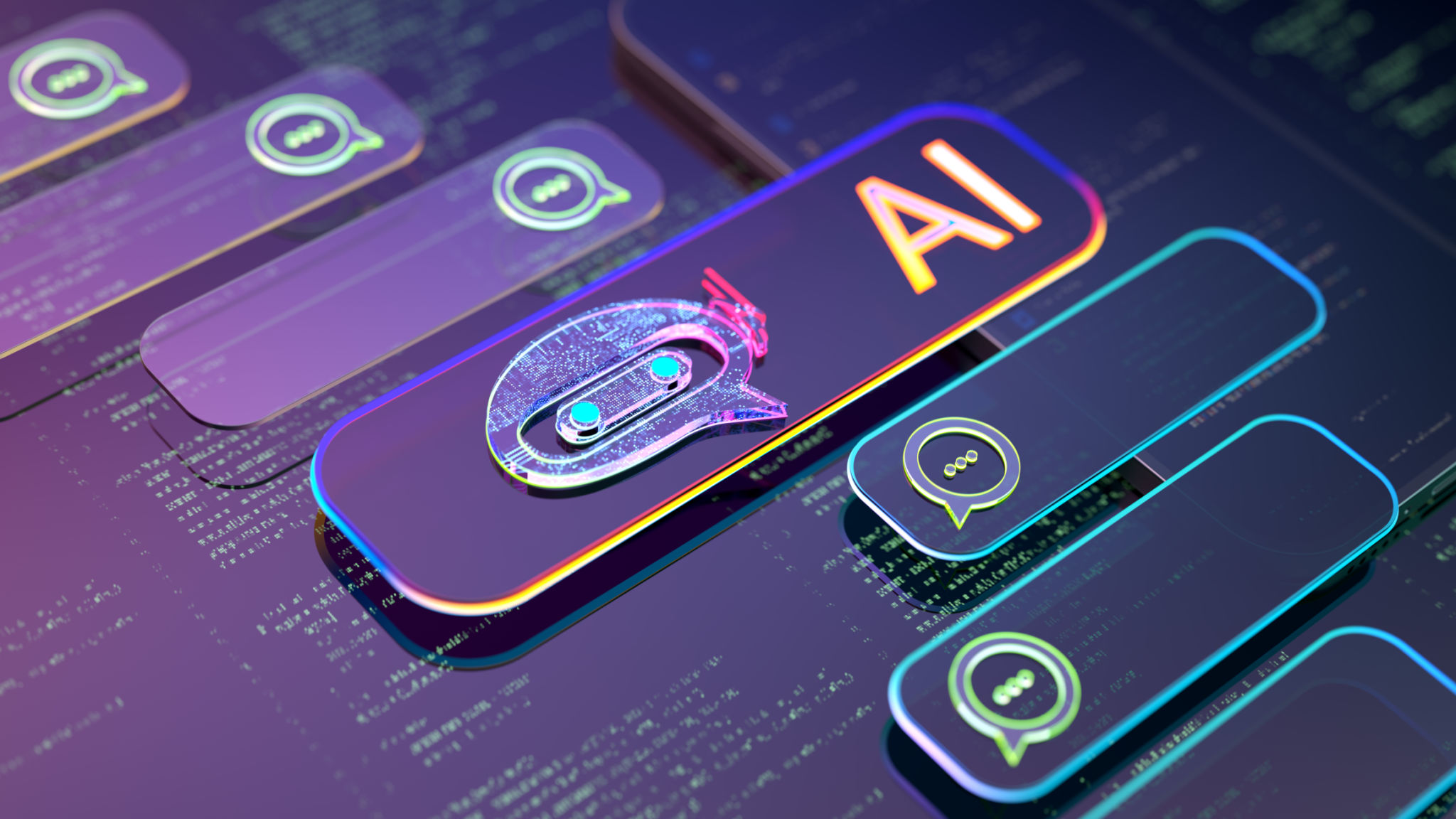Maximizing Efficiency with Custom AI Agents: A Step-by-Step Guide
Understanding Custom AI Agents
In today's fast-paced digital world, businesses are increasingly turning to custom AI agents to streamline operations and boost productivity. These intelligent systems are tailored to meet specific organizational needs, offering a bespoke solution that generic software simply cannot match. By leveraging the power of artificial intelligence, companies can automate routine tasks, enhance decision-making processes, and ultimately, maximize efficiency.
Custom AI agents are designed to integrate seamlessly with existing systems and workflows, providing a tailored approach to problem-solving. They can be programmed to handle a wide array of tasks, from data analysis to customer service. As a result, businesses can allocate human resources to more strategic activities, driving growth and innovation.

Identifying Business Needs
The first step in maximizing efficiency with custom AI agents is identifying your business needs. This involves a thorough analysis of your current operations to pinpoint areas where AI can have the most impact. Consider tasks that are repetitive, time-consuming, or prone to human error. These are prime candidates for automation.
Engage with various departments within your organization to gather insights into their pain points and operational bottlenecks. This collaborative approach ensures that the AI solution developed is aligned with the overall business strategy and delivers tangible results.
Setting Clear Objectives
Once you have identified the areas for improvement, it is crucial to set clear objectives for what you want to achieve with your custom AI agent. Define measurable goals such as reducing processing time by a certain percentage or improving customer response rates. These objectives will guide the development process and provide benchmarks for evaluating success.

Developing the AI Solution
With clear objectives in place, the next step is developing the custom AI solution. This involves selecting the right technology stack and tools that align with your business requirements. Collaborate with AI developers and data scientists to create a model that accurately captures your needs.
The development phase includes training the AI model using relevant data sets. Ensure that the data used is high-quality and representative of real-world scenarios to improve the accuracy of the AI predictions. Regular testing and iteration are vital during this stage to refine the model and address any potential issues.
Integration and Deployment
After development, it's time to integrate the AI agent into your existing systems. This process should be carefully managed to minimize disruptions and ensure a smooth transition. Work closely with IT teams to address any technical challenges that may arise during integration.

Training and Support
A crucial aspect of maximizing efficiency with custom AI agents is providing adequate training and support for your team. Employees must understand how to interact with the AI system and utilize its capabilities effectively. Conduct training sessions and create comprehensive user guides to facilitate this process.
Additionally, establish a support structure to address any technical issues or questions that users may have. This ensures that the AI system remains functional and continues to deliver value over time.
Monitoring and Evaluation
Once the AI agent is fully operational, continuous monitoring and evaluation are essential to ensure it meets your objectives. Use performance metrics to assess its impact on efficiency and productivity. Regularly review these metrics to identify areas for improvement and make necessary adjustments.
By following these steps, businesses can harness the full potential of custom AI agents, driving efficiency and innovation across their operations.